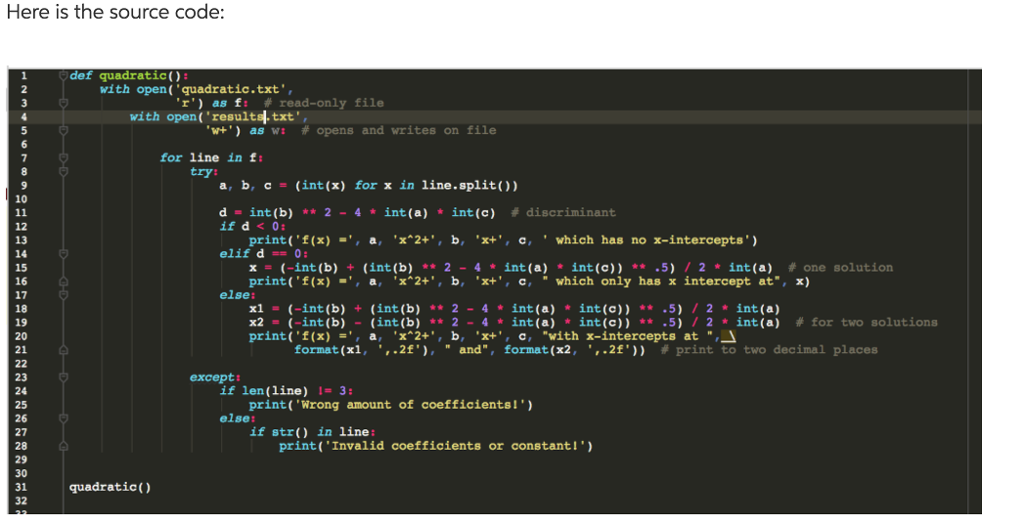

It raises the I/O error if the file does not exist. The start of the file is where the handle is located. Read Only ('r’): This mode opens the text files for reading only.In Python, there are six methods or access modes, which are: Similar to a pointer, a file handle indicates where data should be read or put into the file. These modes also specify where the file handle should be located within the file. These describe how the file will be used after it has been opened. The types of activities that you can perform on the opened file are controlled by Access Modes.

File Handling in Pythonįile handling is an important activity in every web app.
Python txt write how to#
You will also learn how to read from the file using Python.īy the end of this tutorial, you should know the basics of how to use files in Python.

To open a file and write UTF-8 characters to a file, you need to pass the encoding='utf-8' parameter to the open() function.
Python txt write code#
If you write UTF-8 characters to a text file using the code from the previous examples, you’ll get an error like this: UnicodeEncodeError: 'charmap' codec can't encode characters in position 0-44: character maps to Code language: HTML, XML ( xml ) The following example appends new lines to the readme.txt file: more_lines = į.write( '\n'.join(more_lines)) Code language: JavaScript ( javascript ) To append to a text file, you need to open the text file for appending mode. If you treat each element of the list as a line, you need to concatenate it with the newline character like this: lines = į.write( '\n'.join(lines)) Code language: JavaScript ( javascript ) Appending text files The following shows how to write a list of text strings to a text file: lines = į.writelines(lines) Code language: JavaScript ( javascript ) If the readme.txt file doesn’t exist, the open() function will create a new file. The following example shows how to use the write() function to write a list of texts to a text file: lines = į.write( '\n') Code language: JavaScript ( javascript ) To write a line to a text file, you need to manually add a new line character: f.write( '\n')į.writelines( '\n') Code language: JavaScript ( javascript ) Writing text file examples The writelines() method accepts an iterable object, not just a list, so you can pass a tuple of strings, a set of strings, etc., to the writelines() method. The writelines() method write a list of strings to a file at once.The write() method writes a string to a text file.The open() function returns a file object that has two useful methods for writing text to the file: write() and writelines(). Open a text file for updating (both reading & writing). If the file exists, the function append contents at the end of the file. If the file doesn’t exist, the function creates a new file. If the file exists, the function will truncate all the contents as soon as you open it. The mode parameter specifies the mode for which you want to open the text file.įor writing to a text file, you use one of the following modes: Mode.The file parameter specifies the path to the text file that you want to open for writing.The open() function accepts many parameters. The following shows the basic syntax of the open() function: f = open(file, mode) Third, close the file using the close() method.Second, write to the text file using the write() or writelines() method.First, open the text file for writing (or append) using the open() function.To write to a text file in Python, you follow these steps: The following illustrates how to write a string to a text file: with open( 'readme.txt', 'w') as f:į.write( 'readme') Code language: JavaScript ( javascript ) Steps for writing to text files Summary: in this tutorial, you’ll learn various ways to write text files in Python.


 0 kommentar(er)
0 kommentar(er)
